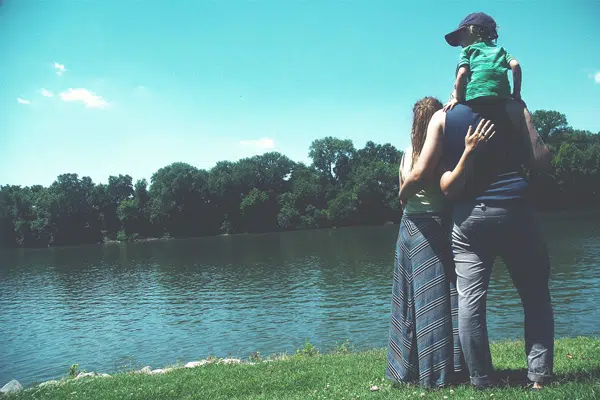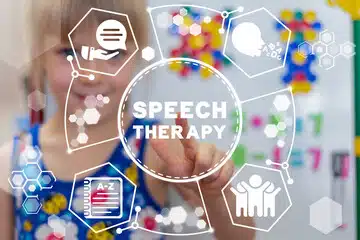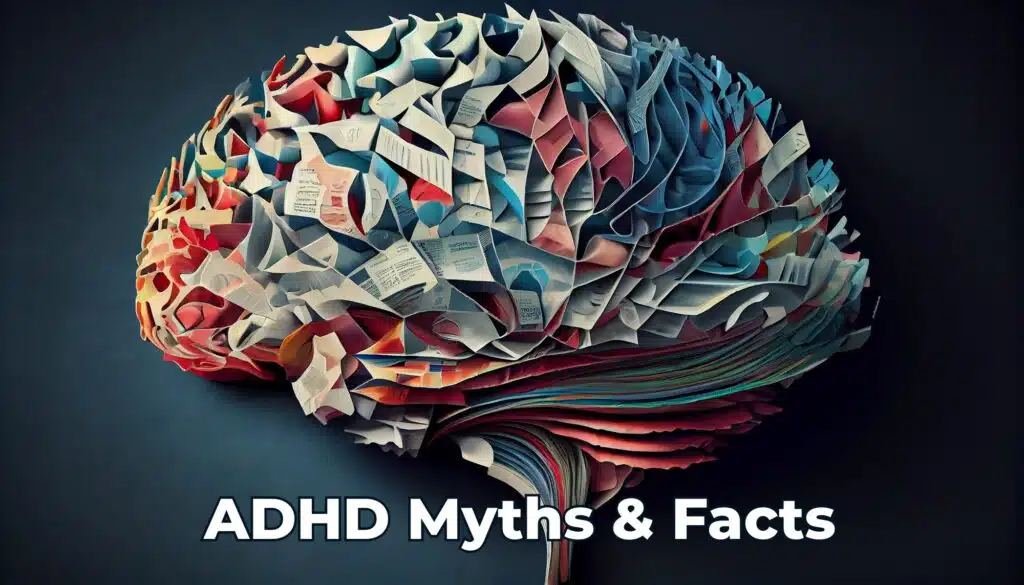INTRO
Life Story work is the process of helping children separated from their birth families to remember, understand and make sense of their lives and identity. Children who have been through the foster care system often experience changes in social workers, carers and homes before being placed with an adopted family. Therefore this work, which usually includes making a Life Story Book, allows these children access to their heritage that may otherwise be missing, lost or forgotten. Similarly, donor conceived children or those born from embryo adoption will benefit from being provided with information and photos that help them to understand their own conception story.
When should you consider Life Story Work?
Life Story work should provide a realistic account of the child’s circumstances. Understanding life history becomes particularly important when young people reach adolescence and develop and define their sense of self; however, best practice is for the child to grow up knowing that they’re adopted or donor conceived and to incorporate information about their genetic family and cultural origins into their identity.
Late disclosure (after the age of 3 years) has been linked to psychological distress in adoptees, as well as in donor conceived individuals and so parents are advised to share their child’s conception stories early and often. This allows opportunities for discussion and to share information in a developmentally appropriate way. Children are not born with a blank slate; their past, culture and genetic ties are significant to them and should be valued.
What is a Life Story Book?
The Life Story Book should be child-centred and easily understood by the child. It should follow a chronological narrative and will need to be updated as the child grows. The information should be easily accessible to the child and not kept on top of a cupboard or presented as something to ‘look at, but not touch’. It is important for the child to feel a sense of ownership and they should have a say about who else can look at it.
When should we seek assistance?
Writing the story may require professional assistance. Social workers and child psychologists who work with adoptees, donor conceived individuals and children in the foster care system are usually trained in Life Story Work and will prepare the adults as well as the child before commencing.
What to expect with Life Story Work
The process of writing the story will often trigger memories or feelings that may require further exploration and support by means of counselling. This is an important part of the process and can provide opportunities to deal with grief and loss, including around fertility issues for the adult carers or recipient parents. Rehearsing the story by telling it to an infant from birth can also provide opportunities for the adults to become comfortable with using correct terminology to describe the relationships, which may otherwise be avoided or alluded to in ways that may be misconstrued by the child.
CLOSING REMARK
There are many benefits to keeping a Life Story Book which include: building trust between a child and a carer/parent by allowing the child opportunities to ask questions about their origins and genetic family; helping the child to distinguish reality from fantasy; encouraging a sense of security and permanency; and by assisting the child or young person to develop a stronger sense of self-esteem and self-identity through learning about and accepting their story. It also assists with attunement and attachment, both of which are developmentally important to the child.
A Life Story Book can also provide a link between the past and the present or a way of sharing the child or young person’s story with family in the future.



